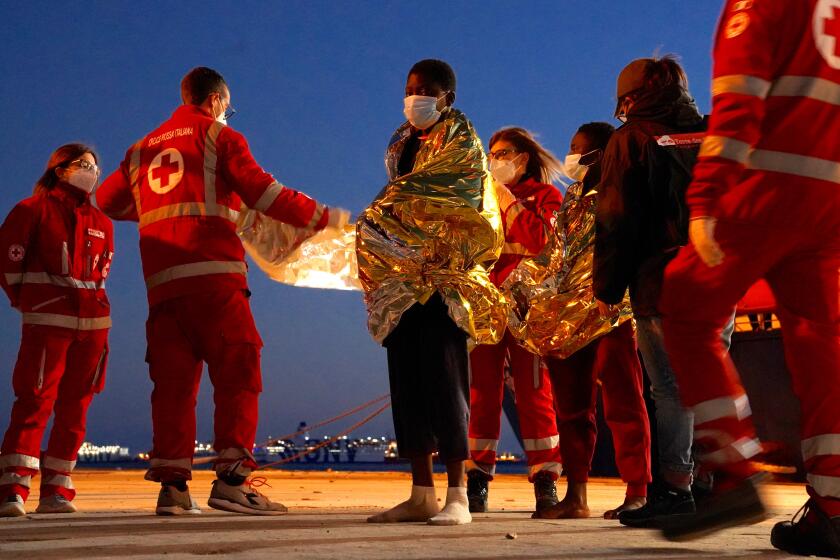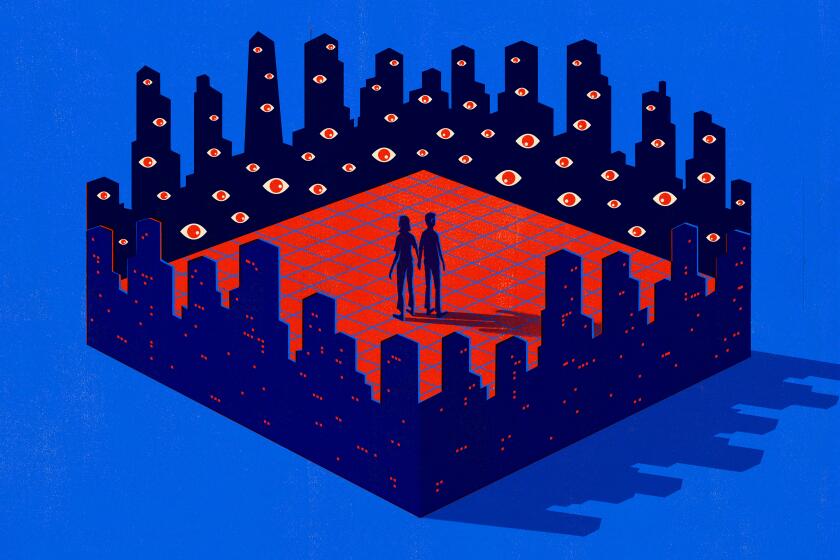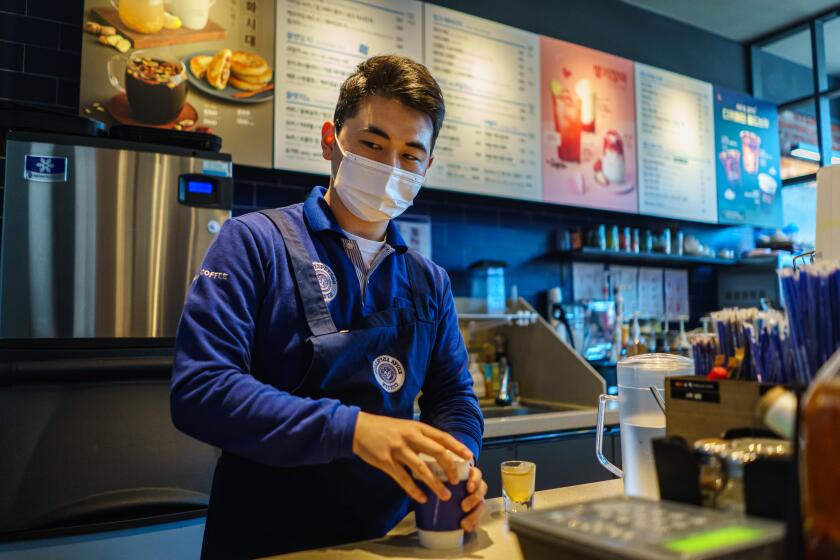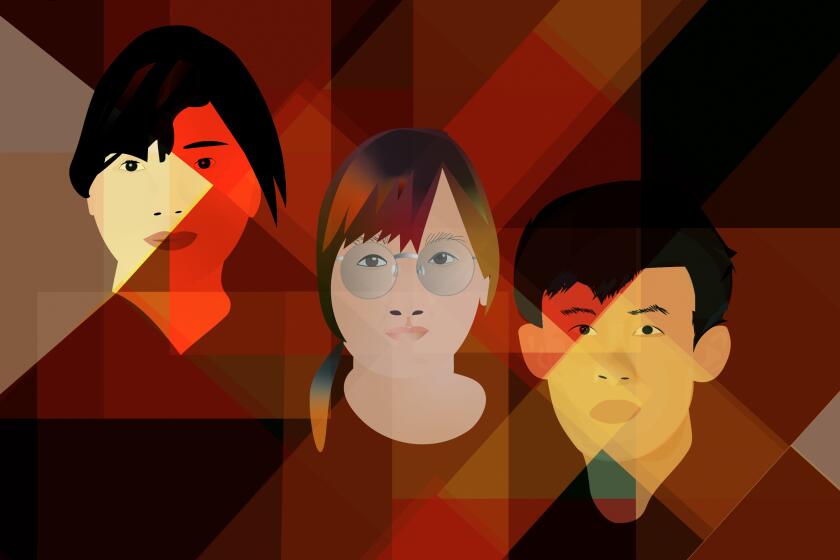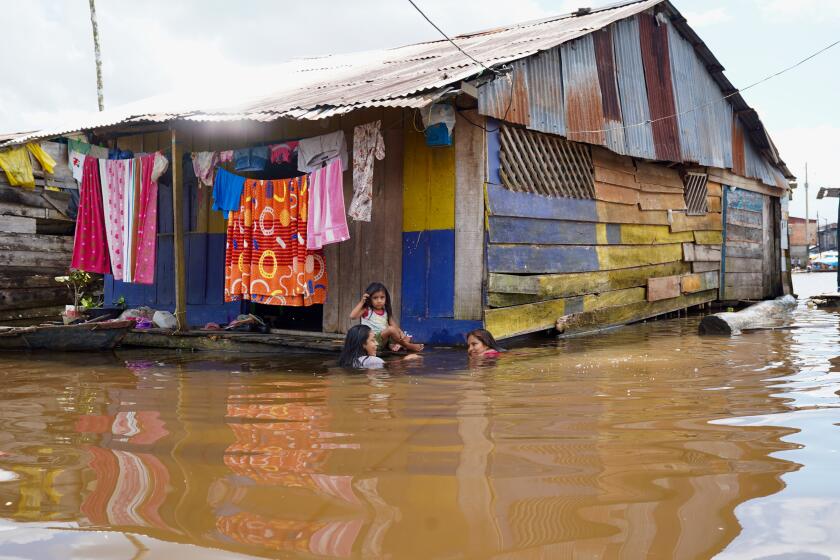
- Share via
BAGHDAD — He was 9 years old and needed a pencil. He ran down the road to a shop on the corner. He knew the neighborhood, the familiar faces; his friend was the shop owner’s son. But what Amir Jewi didn’t know was that the man sitting outside in the car was an Islamic State suicide bomber.
The ground shook, the car was hurled into the air. Shrapnel scythed in all directions, turning the intersection into a tangle of perforated corpses and singed flesh. A placard of a cleric shielded Amir from the blast. He lived. The shop owner’s son didn’t, another child folded into the carnage of a Baghdad afternoon. The blood was washed away, and life went on, as it did time and time again, in the Amin al-Thaniya neighborhood.
Amir recounted the story with little emotion one recent afternoon during class at the Sharqiya Preparatory School for Boys in Baghdad’s Karada neighborhood. The bombing was another episode in the deadly lottery he had always faced; a legacy of the 2003 U.S.-led invasion of Iraq that had defined his life even before it began.
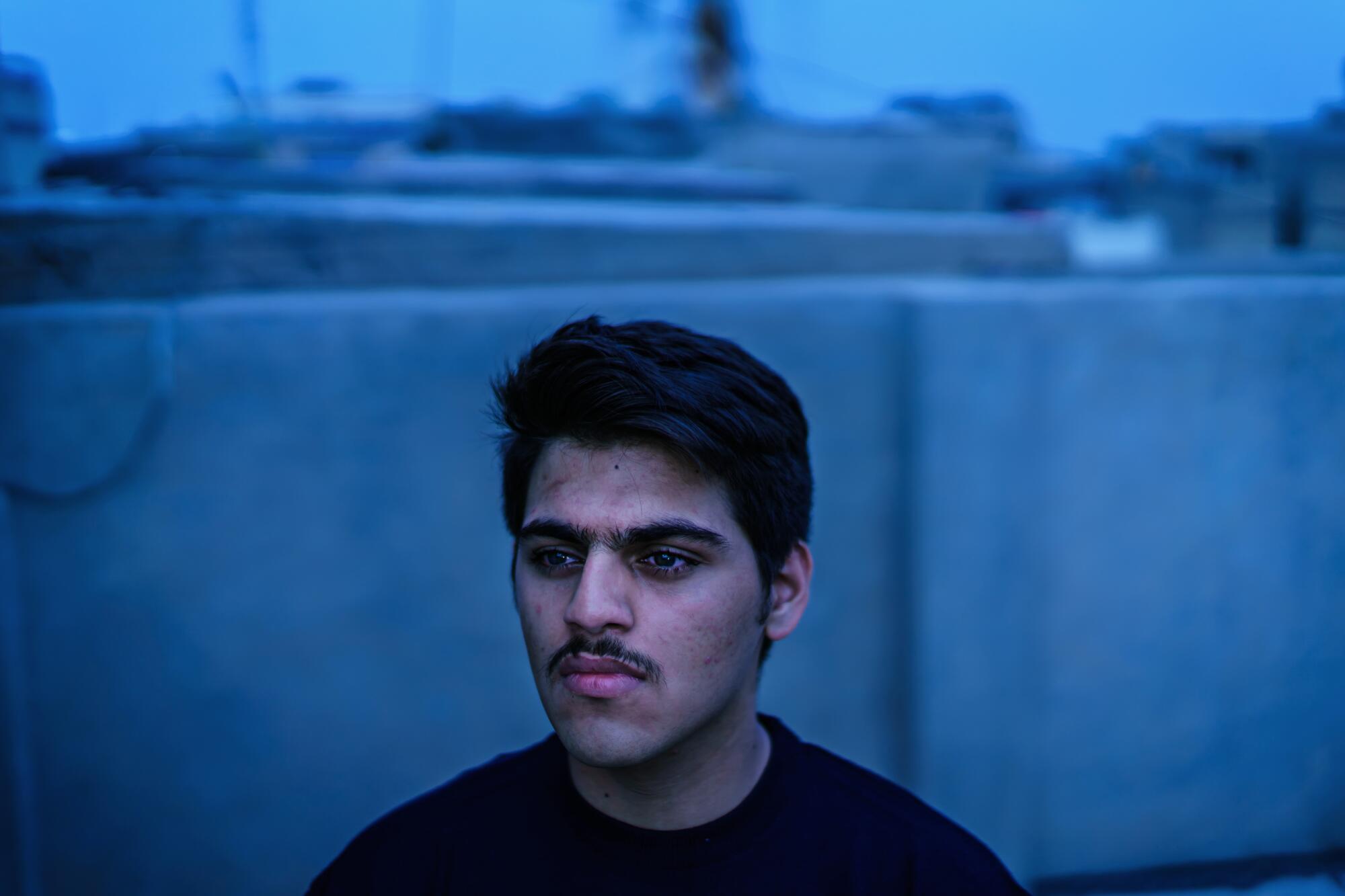
Eighteen years after American troops first stepped on Iraqi soil, Jewi and his classmates — members of what’s known here as the “PUBG generation,” a reference to the online battle royale shooting game wildly popular among Iraqi youths — now grapple with a country still shattered by turmoil. Their graduation is months away. They wonder what they’ll amount to, if they’ll ever have the careers they imagine: engineer, police officer, tennis coach.
The World They Inherit
This is the eighth in a series of occasional stories about the challenges young people face in an increasingly perilous world. Reporting was supported by a grant from the Pulitzer Center.
“I’m studying, but what does it help? Work hard, exhaust myself with all this, and then end up a taxi driver?” said Mujtaba Rubaie, a 17-year-old with an inchoate mustache riding on his upper lip.
One of Sharqiya’s star students, he hoped to become a doctor. “We can’t leave. We can’t go anywhere; our passports are a disaster. Even when we play ‘PUBG’ online people are surprised we’re from Iraq. They all think we’re Islamic State, that we’re extremists,” he said.
Ahmad Qazzaz is a tall 17-year-old who, like many of those interviewed, also wanted to be a doctor. But he felt the same way: “We’re going to graduate soon and there’s no work. What are we going to do?”

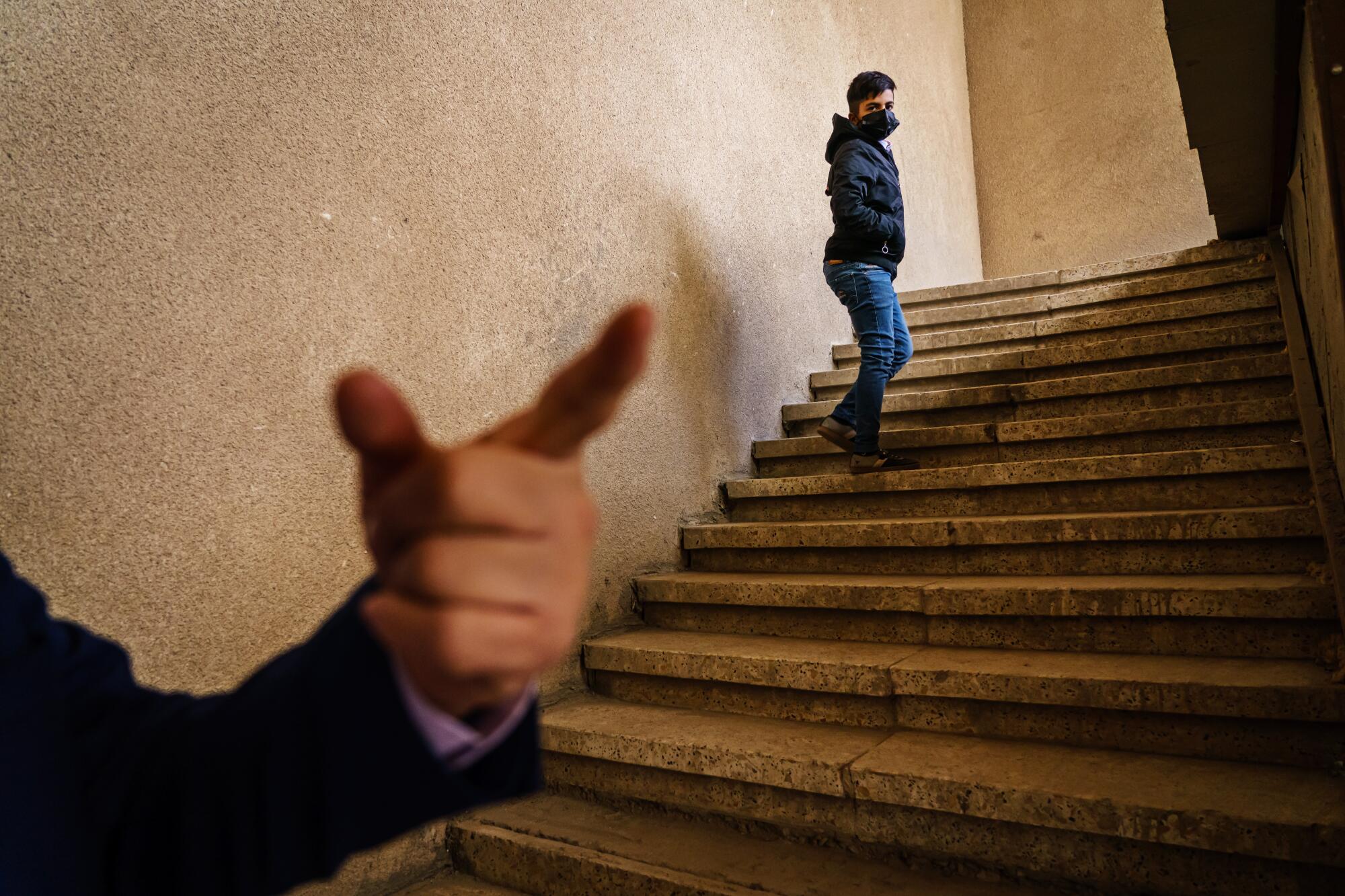
For much of the world, Iraq is a distant tragedy. But for its young, it’s a restless, unreconciled home. Their memories compose a chaotic accounting of Iraq’s contemporary history; their lives are marked less by birthdays or special occasions than by whom they lost in spasms of violence. Many of the teens speak of a childhood punctuated by close calls. Death was always present, like a swath of sky, or the legions of pigeons swarming the Ahrar Bridge over the Tigris River. If it wasn’t car bombs, it was snipers, robbers or roving militias.
Born into conflict, inured to both upheaval and endemic national corruption, the children of the invasion face a perilous future: In 2019, tens of thousands of them marched in the streets, demanding not only jobs and opportunity but also the uprooting of the post-2003 political class. Those protests gave way under COVID-19 pandemic restrictions that further disrupted a school life hollowed out by war. The students now have to contend with what their prospects will be in a country where a quarter of those slightly older than themselves (those under age 25 account for almost two-thirds of Iraq’s 41 million people) have no job — this despite Iraq possessing the world’s fifth largest oil reserves.
“It’s getting worse. I’ve been here for 11 years,” said Adel Jaberi, Sharqiya’s principal. “Every year, the coming generation is worse than the generation that is before it.”
Some of the boys boasted of their brushes with death, speaking over their classmates to tell their story. They recalled Al Taefiya, the blood-soaked era bookended by the U.S.-led invasion and the period before 2010, when sectarian strife between Shiites and Sunni Arabs peaked. One student, 17-year-old Ahmad Dulaimi, told of cousins killed and an uncle kidnapped. Walking down a street in Zafaraniya, the southeast Baghdad neighborhood where he lived, brought back memories of children warning one another of an unclaimed jitheh, or body, hidden around the corner.
“What’s a jitheh?” he remembered asking.
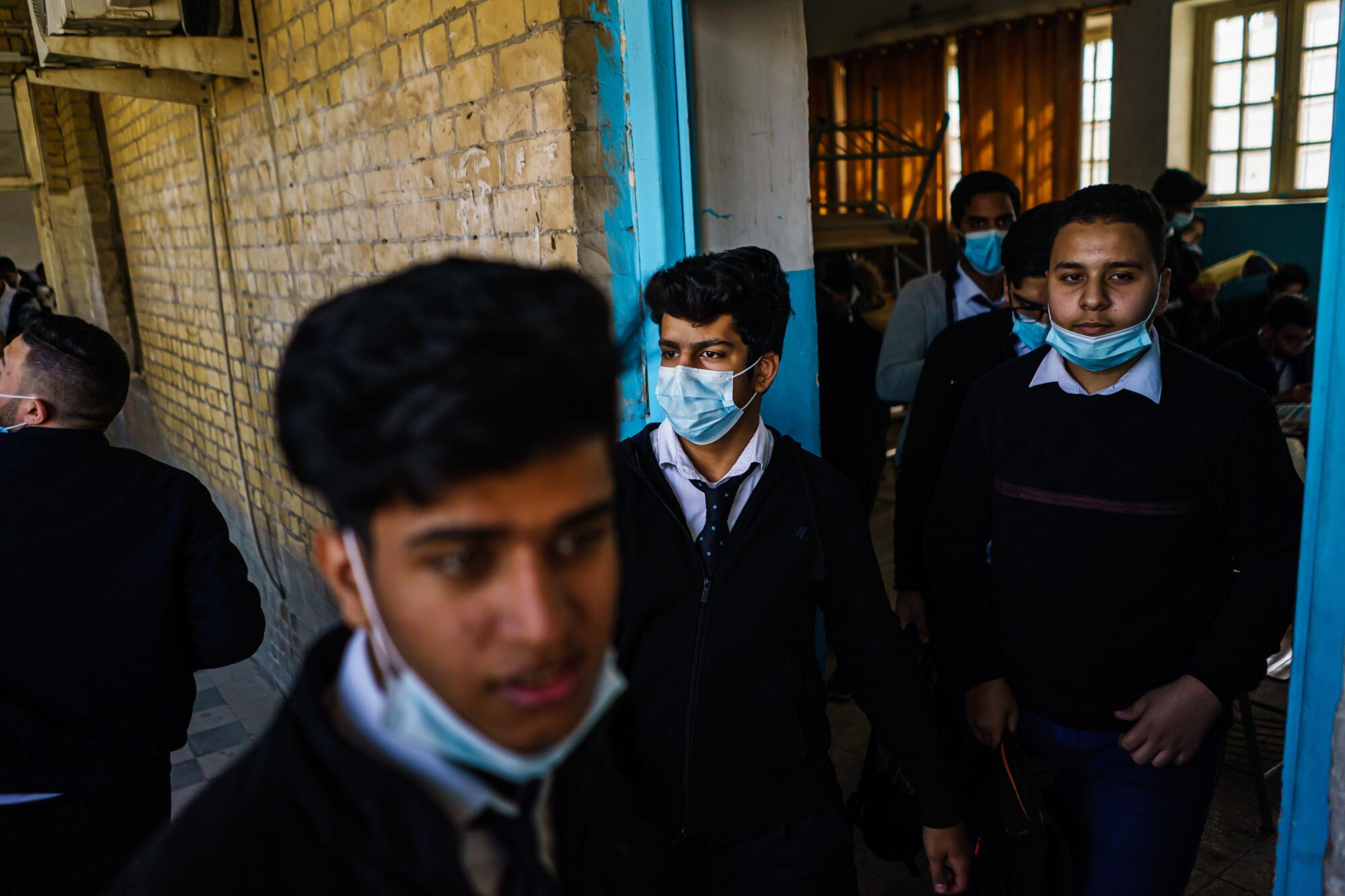
Iraq became a land of jithehs. Islamic State militants swept much of the country in 2014, swatting away U.S.-backed Iraqi forces and almost reaching the gates of Baghdad. They didn’t break through. But the car bombs did: In July 2016, an Islamic State militant drove a refrigerator van loaded with explosives down Karada’s main thoroughfare, less than a mile from the school. When he triggered the bomb, its fireball made infernos out of shopping centers, killing 324 people. It was one of the extremist group’s deadliest bombings.
“All over Karada there were martyrs,” said Ahmad Salim, 17, a once-diminutive boy made tall by a growth spurt over the last two years. He hoped to become an engineer. “Our street alone had five people killed in that explosion. One of them even had a pregnant wife.”
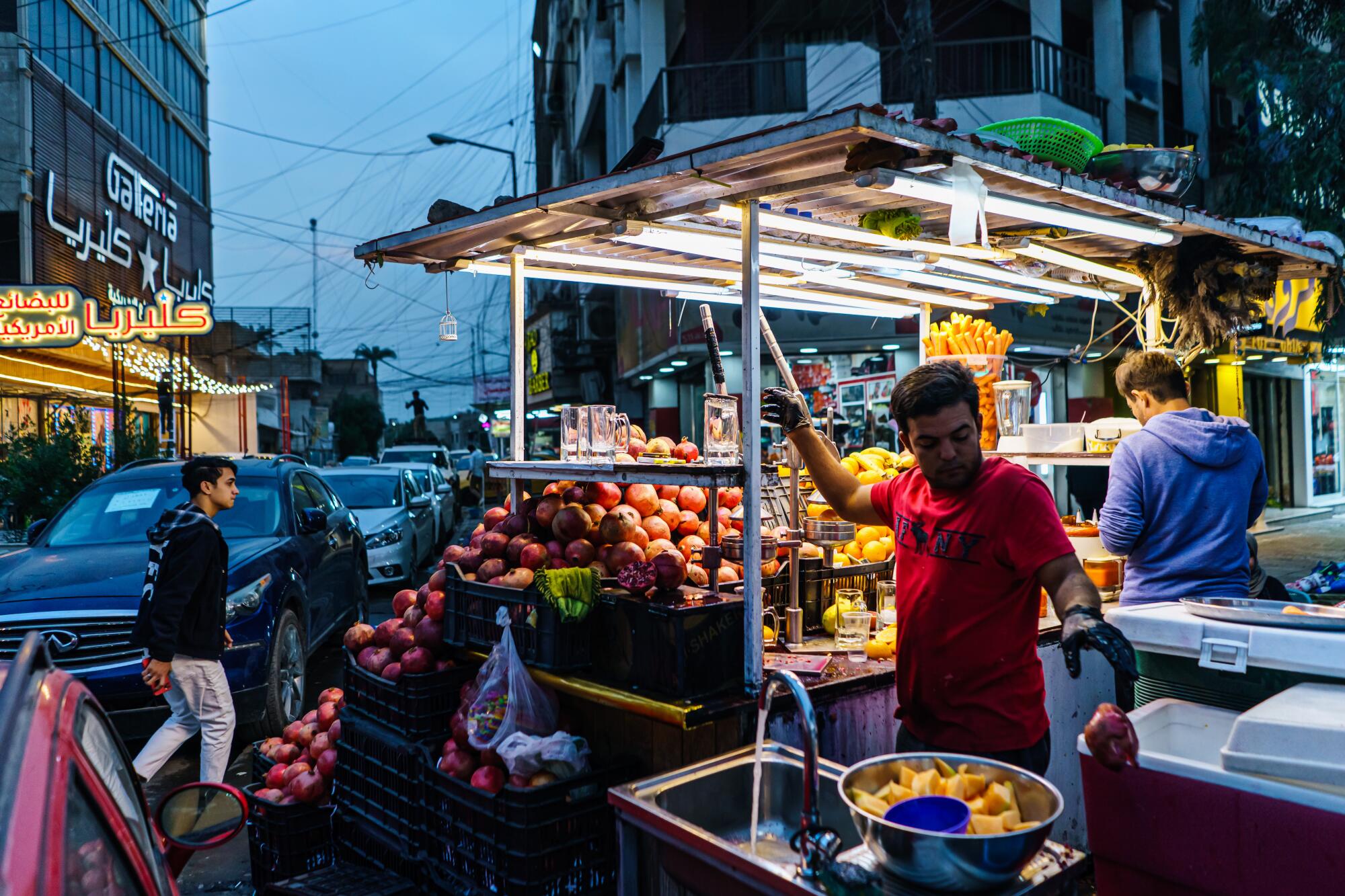

It had been months since the last car bomb in Baghdad, but he had other concerns these days: the ongoing tensions between the U.S. and Iran-backed Iraqi paramilitary groups. The latter had on occasion fired rockets in the direction of the U.S. Embassy compound, not far from where the teen lived in the Jadriya neighborhood. During one of the attacks, the amateur photographer (“It’s my favorite thing to do. I enjoy it more than football or any other hobby,” he said in a recent interview) scrambled outside as he heard the buzz of the rocket defense system, catching the lance of tracer fire arcing across the night sky over his house.
“You just have this constant fear, that all this will take us back again to another siege on the country, to war and destruction,” he said.
Behind the children are parents worried that something as simple as a trip to the market could mean death. Amir’s father, Fuad, was in his apartment when the bombing in Amin al-Thaniya happened in 2012. He ran barefoot into the street to find his son.
“I thought he was dead. Then I saw him walking towards me,” said Fuad Jewi, still incredulous after all these years. “There wasn’t a single drop of blood on him.”
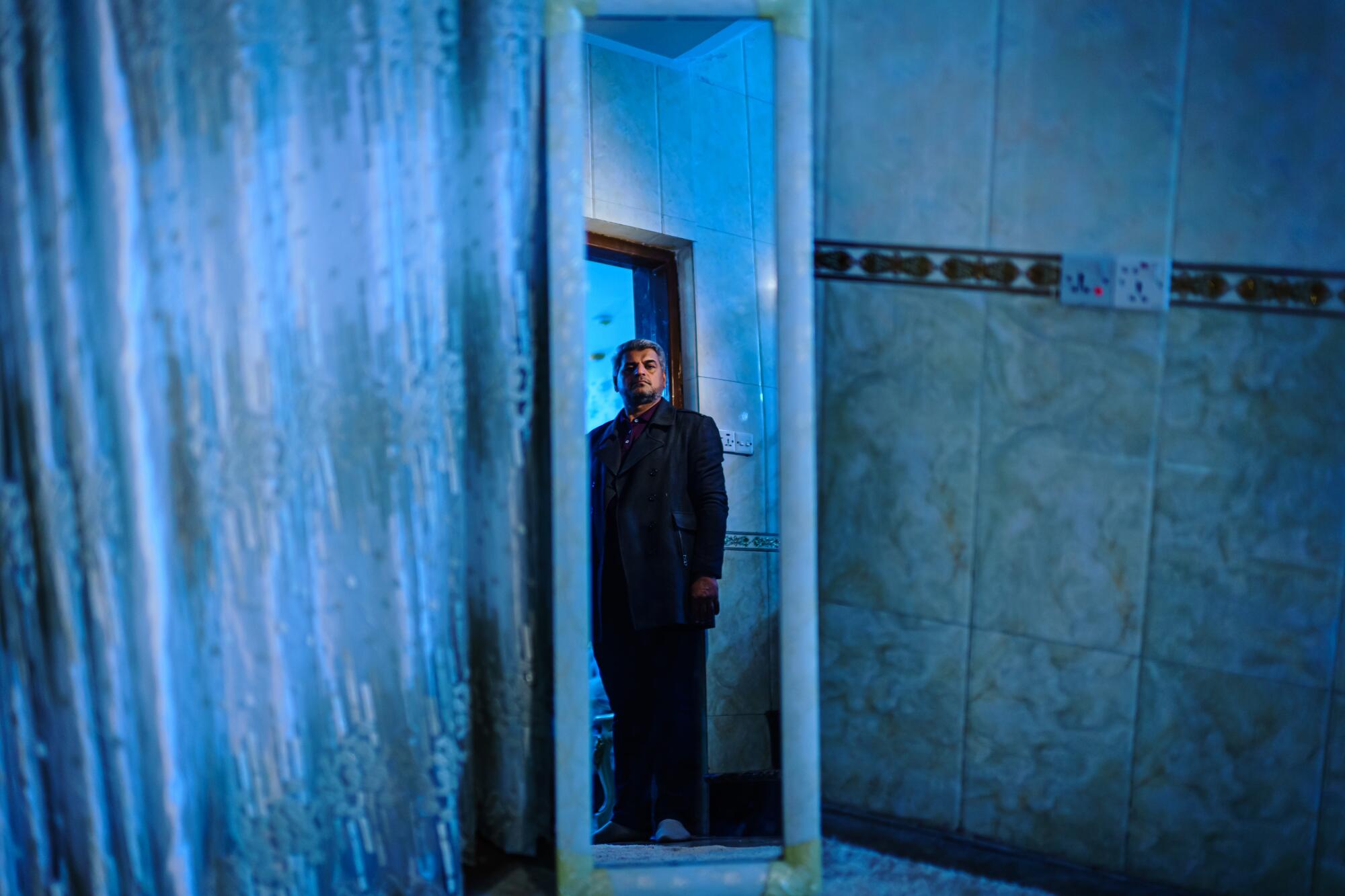
It took weeks before Jewi let Amir set foot out of the house again. It was part of the mental game parents learned to navigate raising their children in Iraq, where more than 200,000 civilians have perished over 18 years, according to Iraq Body Count, a database that tallies civilian and combatant deaths in the country. The loss is equivalent to everyone in Glendale being wiped out.
“Fear is planted in our hearts. It’s always there now, 24 hours a day,” he said. “Your enemy isn’t clear. You’re just afraid.”
For Jewi and the other parents, that fear started with the suqoot. The word in Arabic literally means “the fall.” For Iraqis it’s the collapse of Saddam Hussein’s rule.
Hassanein Haleel wasn’t even born when President George W. Bush’s “shock and awe” campaign rained missiles on the Iraqi capital. His father, Mohammad, covered his pregnant wife’s ears for fear of her miscarrying. That trauma seeped into the son’s early upbringing. Until Hassanein was 6, his father wouldn’t let him outside to play and would instead bring video games or cartoons to distract his eldest child away from the street.
“I regret this. But I took this step without knowing how it would affect him in the future. I can see the consequences now,” Haleel said, adding that it wasn’t until seventh grade that his son knew how to speak and behave around children his age.
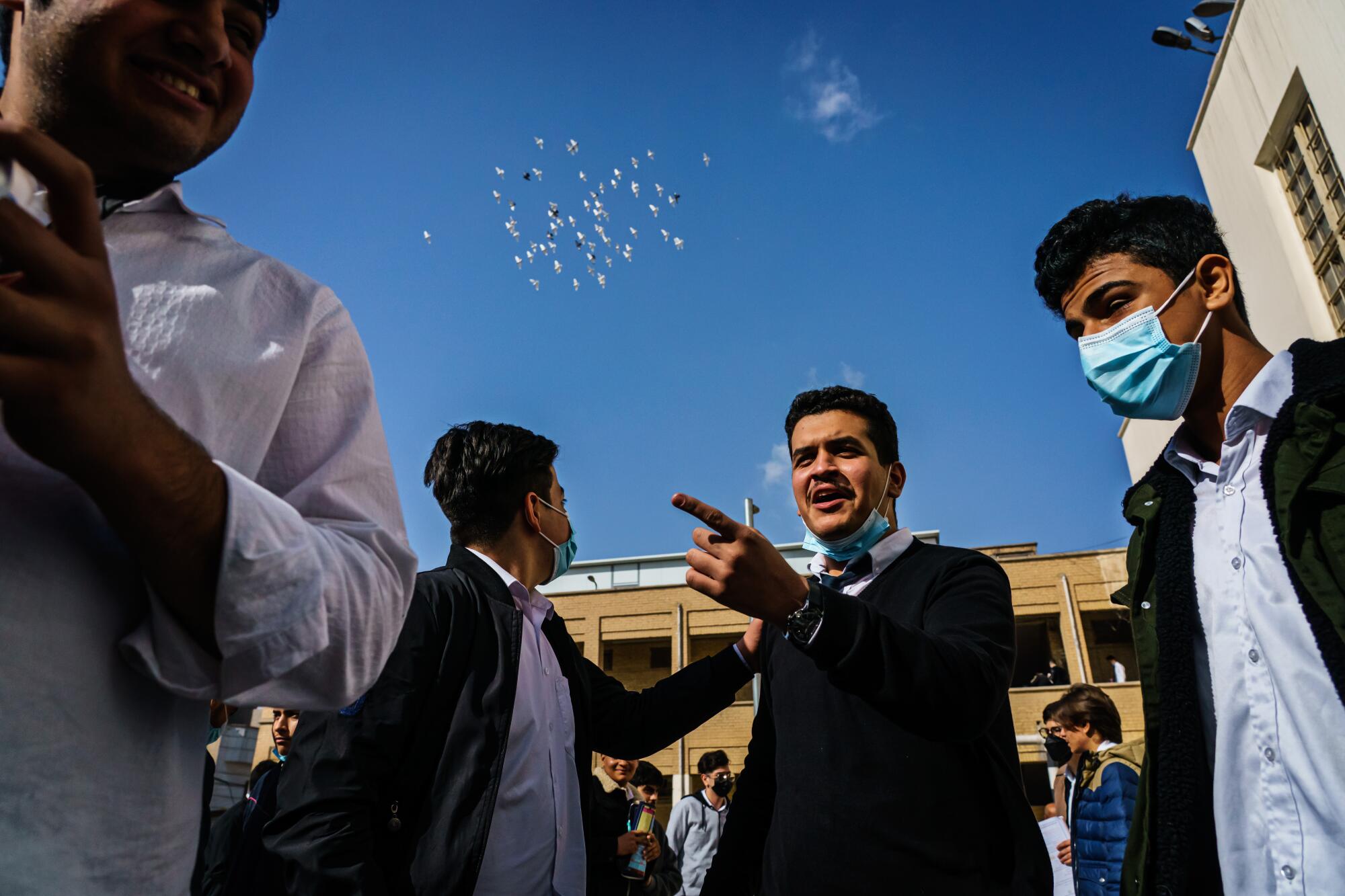
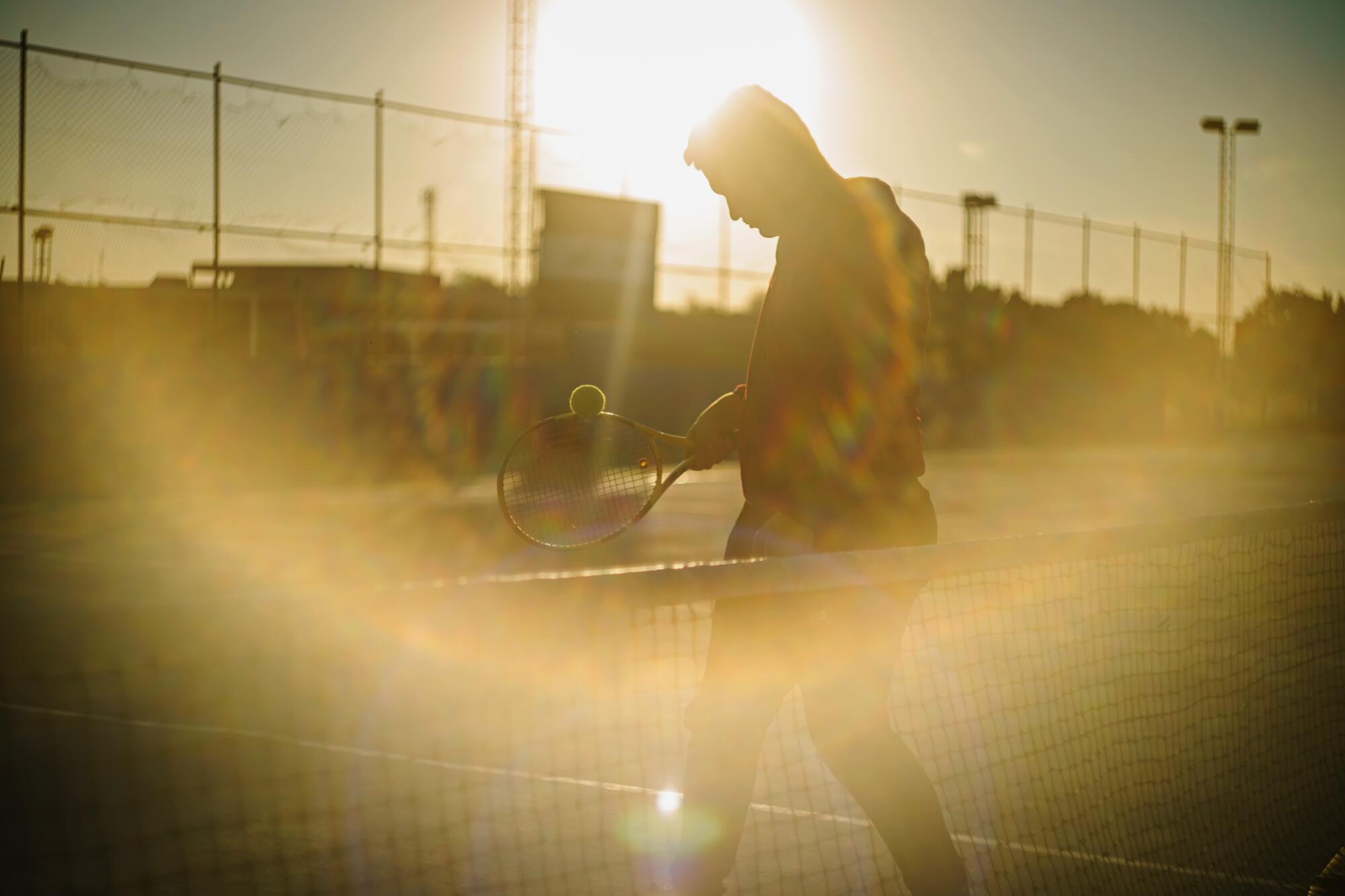
“If it was normal, I would let him go in the street. But it was so bad.… Do you know how bad, how crazy the suqoot was? But you just don’t know how it would affect him in the future,” Haleel said.
It was worse during major holidays. Families would crowd into shopping areas, making them prime targets for suicide bombers.
“You want to get your children clothes for Eid al-Fitr, but we always had to rush and hurried everyone,” Haleel said, referring to the celebration that comes after the Muslim holy month of Ramadan. “We just wanted to get away before any explosion.”
It was quiet on a recent, warm Friday when he and his son played tennis at the University of Baghdad, where Haleel is on the physical education faculty.
Unlike many of his classmates, Hassanein was less worried about what to do after graduation: “I’ll be a tennis coach like my father,” he said with a hint of the awkwardness his father spoke of.
He already looked more grown up than most of his peers, with a mustache and errant white hairs already coiling among the black. His father had gotten sick during the pandemic. It had fallen to Hassanein, as the eldest, to take care of him and get the shopping done for the house. Further COVID-related closures as well as studying for the end-of-year state-administered exams meant it was the first time he had played tennis in six months, and it took him time to get back to form. But a few strokes later he limbered up, striking the ball with increasing force across the net.
“Soon you’ll see me on the national team,” he said, smiling.
The burden of dealing with the children’s trauma — in a country where at least 1 million children are thought to require psychological-social services, according to UNICEF, the United Nations children’s agency — has often fallen to a school system in crisis.
Not only are teachers untrained in counseling, but the repeated waves of violence have also left thousands of schools destroyed. Iraq is short of 7,000 schools, UNICEF says. Teachers often deal with class sizes as large as 40 or 50 students, or are forced to accommodate two, maybe even three shifts per day — assuming students and faculty could come in the first place.
“Every time you had an explosion, especially since they were often close to schools, you couldn’t have class because only a quarter of the children would show up,” said Jaberi, the principal at Sharqiya.
A few days ago, Jaberi, an energetic man in a suit several sizes too big, bounced among a screen displaying camera feeds from each classroom, his perpetually ringing smartphone and a coterie of visitors streaming into his office. During the 2019 protests, he fought to keep his school open despite repeated threats. Still, students lost many days. The coronavirus kept students out of classrooms for all but one month.
“Teachers are playing catch-up. When students reach the last grade, they’re supposed to have been through the wringer, to be prepared,” said Jaberi. “So now you have a generation that is held back even further. It’s completely ruined.”
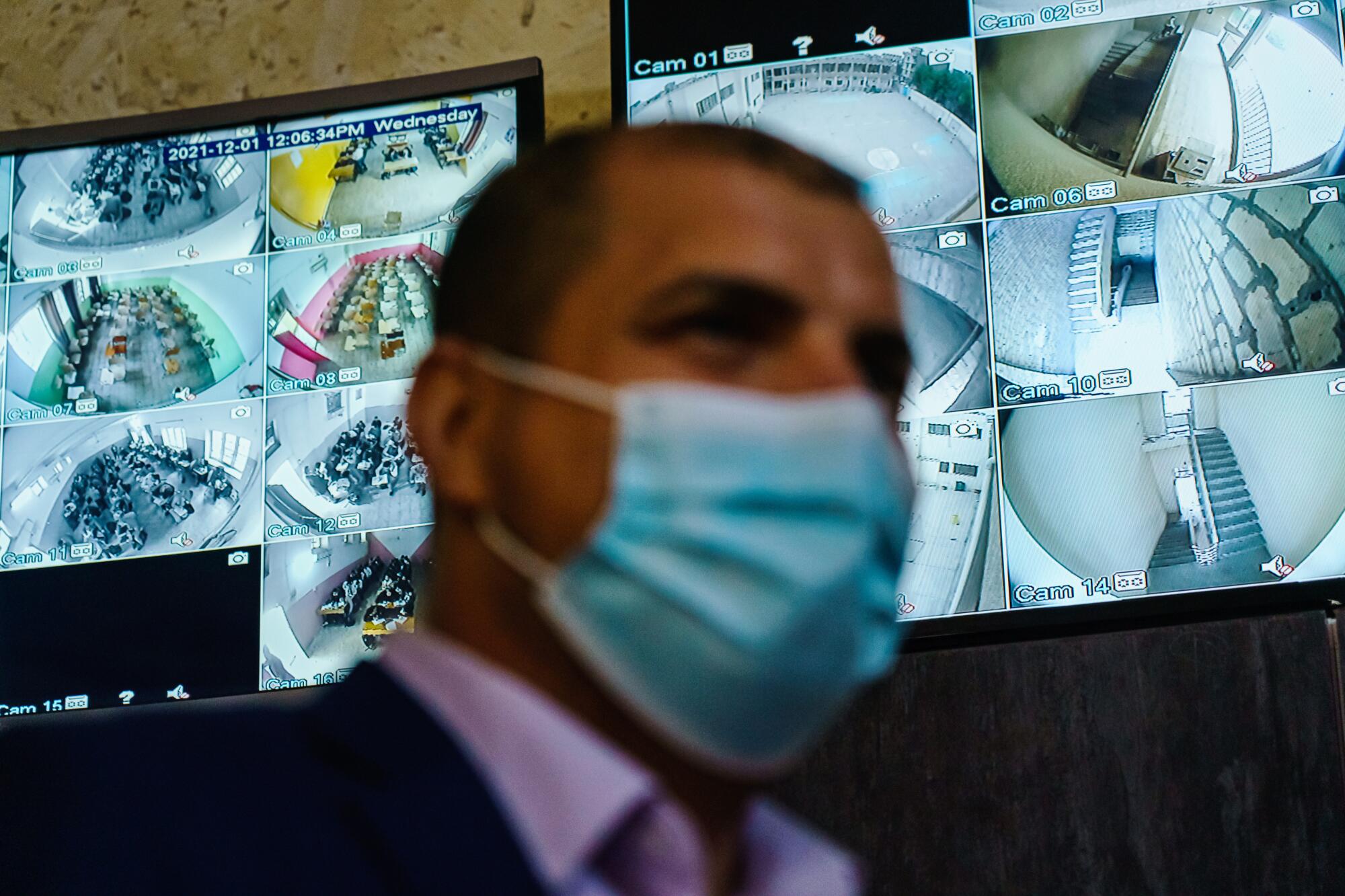
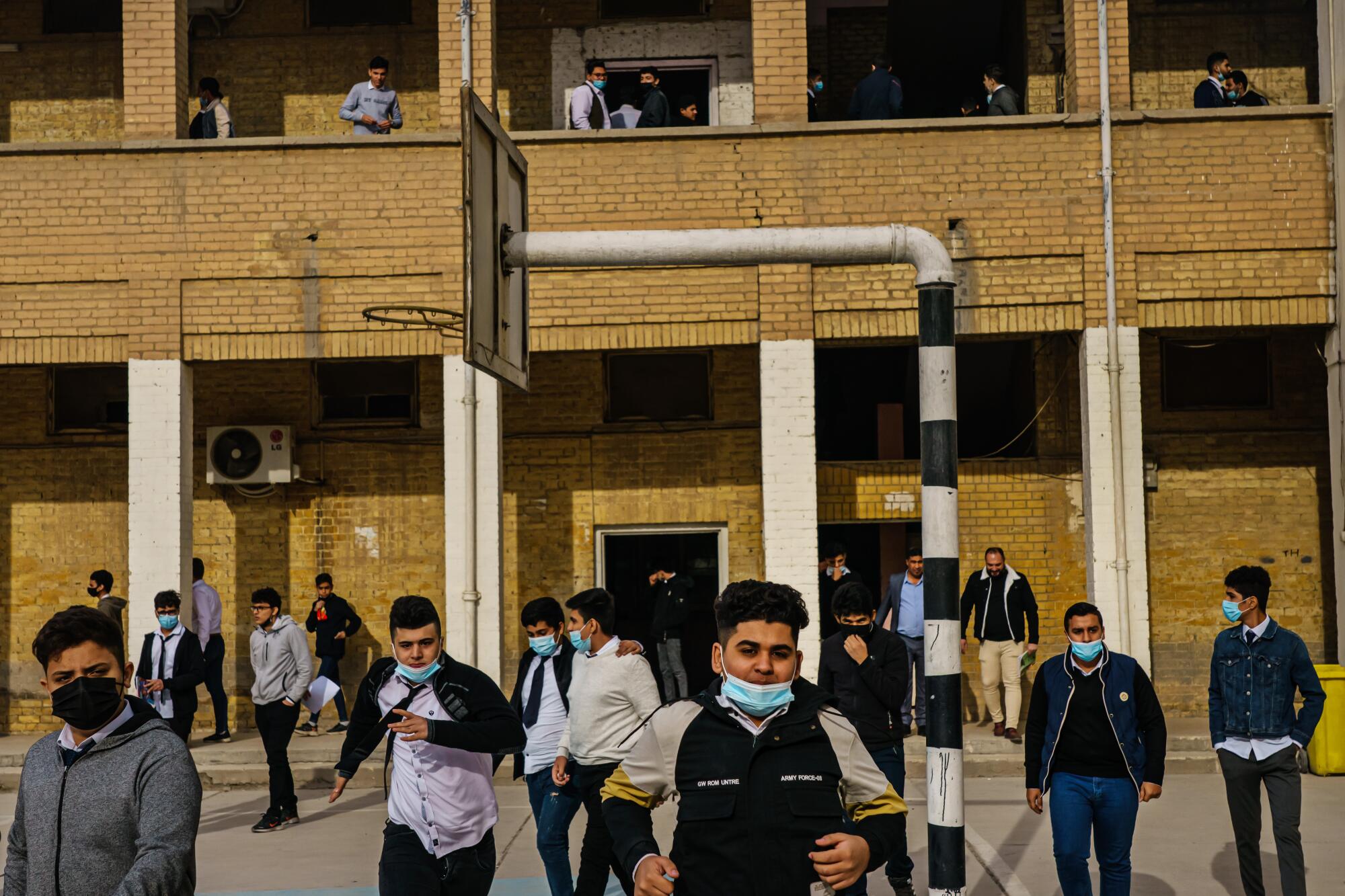
Over the years, Sharqiya reflected the tumult in Iraq. Standing on a quiet but run-down street in central Baghdad, the school was founded in 1932, taking over what had been a synagogue and orphanage for Jewish children, said Wafaa Jaffar, an administrator.
She reached into a closet and pulled out Binder No. 1, which contained the school’s first student roster; she had recently started on Binder No. 116. Thumbing through the yellow pages of the binder, she spoke of Sharqiya’s past: It had up-to-date labs for physics and chemistry and was the first school to incorporate computers into its curriculum. Teachers were respected in an education system once considered to be the best in the Middle East.
Today, pupils aren’t even able to get school books. Much of the lab equipment was looted; it was replaced, but hardly up to the school’s previous standards.
“The morale of the students is destroyed, with no ambition left in them. You see lawyers, doctors, technology or oil graduates — none of them have jobs,” Jaffar said, adding that the teachers had fared little better, their salary during the suqoot barely covering the price of a carton of eggs.
“If the teacher has no rights, how can they teach?”
The government, meanwhile, allocated almost 10% of state expenditure to education in 2019, a third below the average for nations with similar income. Almost all of it goes toward salaries, leaving little funds for development.
The beggaring of the education system has forced those who can afford to do so to supplement their learning by enrolling in private education centers, which often siphon off the best teachers from the public school system. Both Ahmad Salim and Amir attended only a few days a week in Sharqiya. Most afternoons, they made their way to a center in the Zayouna area.
But the solution for many students across Iraq has been to quit. The country has some of the worst high school completion rates in the region, with a little under half of the richest students never graduating, according to figures from the U.N.; among the poorest, only 1 in 10 graduate.
“What is felt from students is that there aren’t many skilled jobs in Iraq. There is a huge proportion of unskilled young people not in education, employment or training, which hampers their transition to decent jobs,” said Miguel Mateos Munõz, UNICEF’s chief of communication in Iraq. He added that the most affected are the vulnerable, including young women, youths with disabilities and those facing extreme levels of poverty.
Thousands of Iraqis — most of them young — traveled last month to Belarus in the hope of crossing into Poland and, later, elsewhere in the European Union. But, as if a metaphor for their lives, the migrants were beaten back by border guards. Their savings and borrowed money spent, many were forced to return to Iraq. Even for those who never left, the future seems no less fraught.
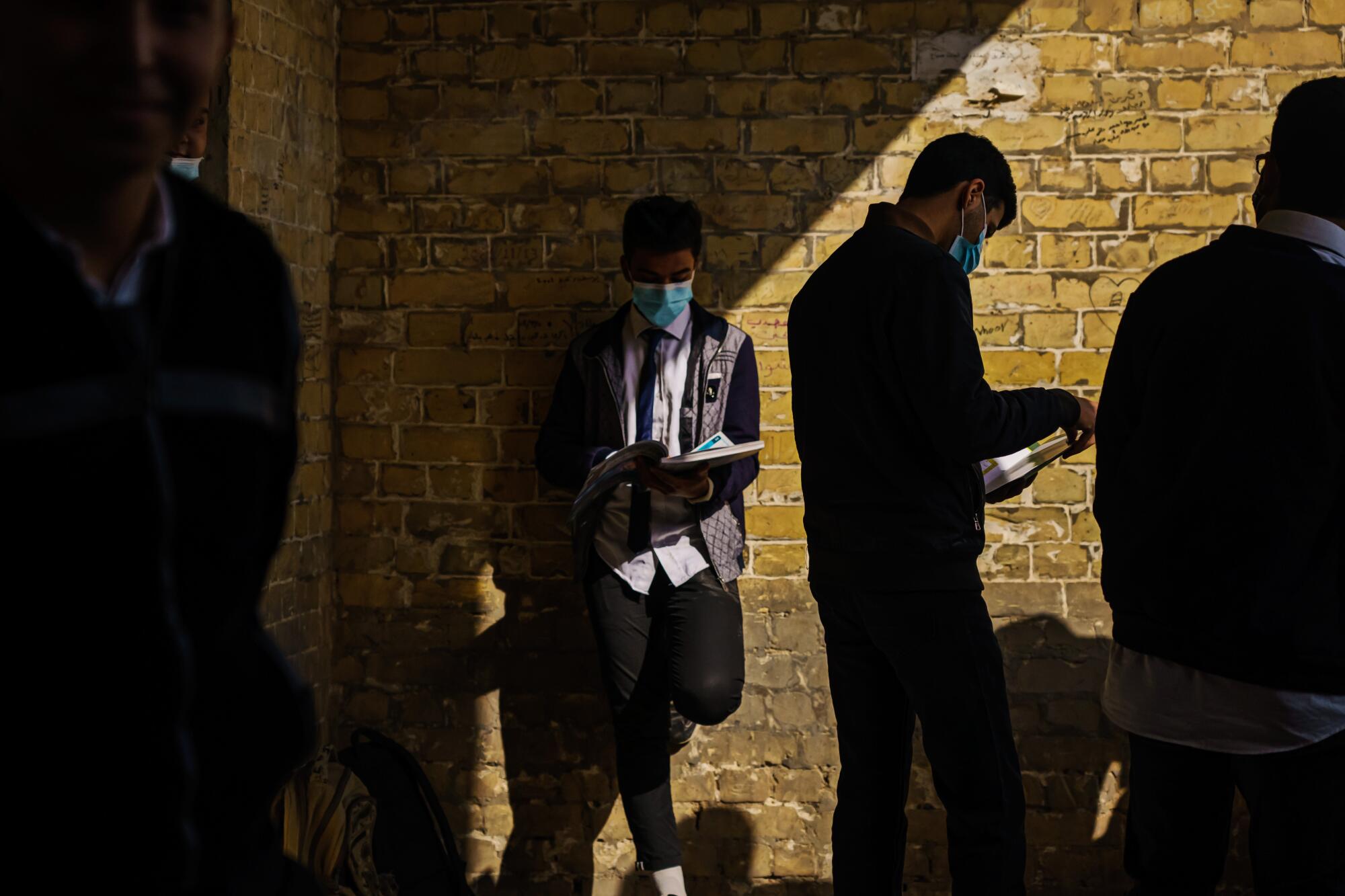
Ahmad and Amir’s generation was born into the broken country they now inherit. They have found ways to cope, but there is little joy in it. Still, they try. This year, Ahmad gave up playing “PUBG: Battlegrounds.” It took up too much time, and he had to focus on his finals. “I’m a student,” he said. “The game won’t serve me at this point.”
But “PUBG” for others in his class is at once an escape from and a reminder of the war and conflict that have marked them. In the game, players scavenge for weapons and fight to be the last person standing. The ground around them shrinks, the circle tightens. Their parents fear that what their children have already endured is a prelude to worse times.
“I have the money to make him educated, but what would it help here?” said Jewi, Amir’s father.
“Sometimes I get up at night, and go to their room and look at my children. And all I think is it’s a shame they were born in this place.”
- Share via
Watch L.A. Times Today at 7 p.m. on Spectrum News 1 on Channel 1 or live stream on the Spectrum News App. Palos Verdes Peninsula and Orange County viewers can watch on Cox Systems on channel 99.
More from 'The World They Inherit'
(This is the eighth in a series of occasional stories about the challenges young people face in an increasingly perilous world. Reporting was supported by a grant from the Pulitzer Center.)
More to Read
Sign up for Essential California
The most important California stories and recommendations in your inbox every morning.
You may occasionally receive promotional content from the Los Angeles Times.

